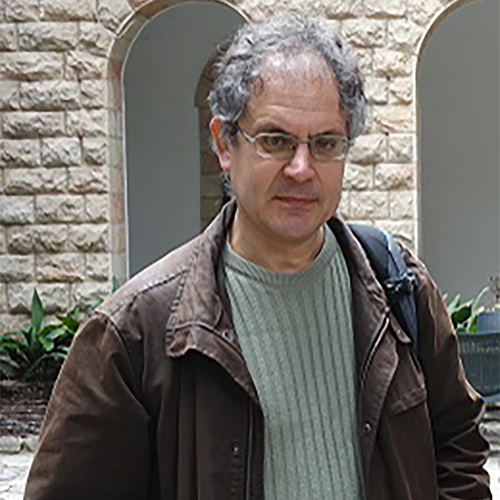Dr. Yuri STOYANOV, SOAS University of London
Desecration and Reassignment of Anatolian Religious Sites During the Last Great War of Late Antiquity (Byzantine-Sasanian War 603-628): Material and Ideological Legacies
Dr.
Yuri STOYANOV, SOAS University of London
Allegations of Persian destruction
and desecration of Christian sacral architecture represented an important part
of Byzantine wartime propaganda and ideology, particularly in the last stages of
the epic Byzantine-Sasanian collision in the Anatolian, Caucasian and Near
Eastern war-theater in the 620s. While much of this wartime propaganda focused
on the alleged massive destruction of paradigmatic Christian sites in
Jerusalem, similar claims were advanced in relation to important Byzantine
urban centers in Anatolia such as (among others) Edessa (modern-day Urfa) and
Antioch (modern-day Antakya), to an extent in anticipation of the
onslaught on imperial capital during the Persian-Avar siege of Constantinople in
626. Recent and ongoing archaeological exploration of Byzantine to early
Islamic Jerusalem has led to a major reassessment of the Persian conquest of
the Holy City and its religious policies during its Sasanian occupation, which
has important implications for the evolving exploration of the Anatolian
war-theater, the alleged Persian desecration and reassignment of Christian religious
sites in Anatolia and Byzantine retaliatory destruction of premier Zoroastrian
religious sites in the Sasanian heartlands. The paper intends to summarize the material
evidence of such alleged wartime desecration and reassignment of Anatolian Christian
religious sites and the lasting legacy of the notion of violated sacred space
in Byzantine ideologies of warfare and Reconquista in Asia Minor during the Byzantine and post-Byzantine periods.
